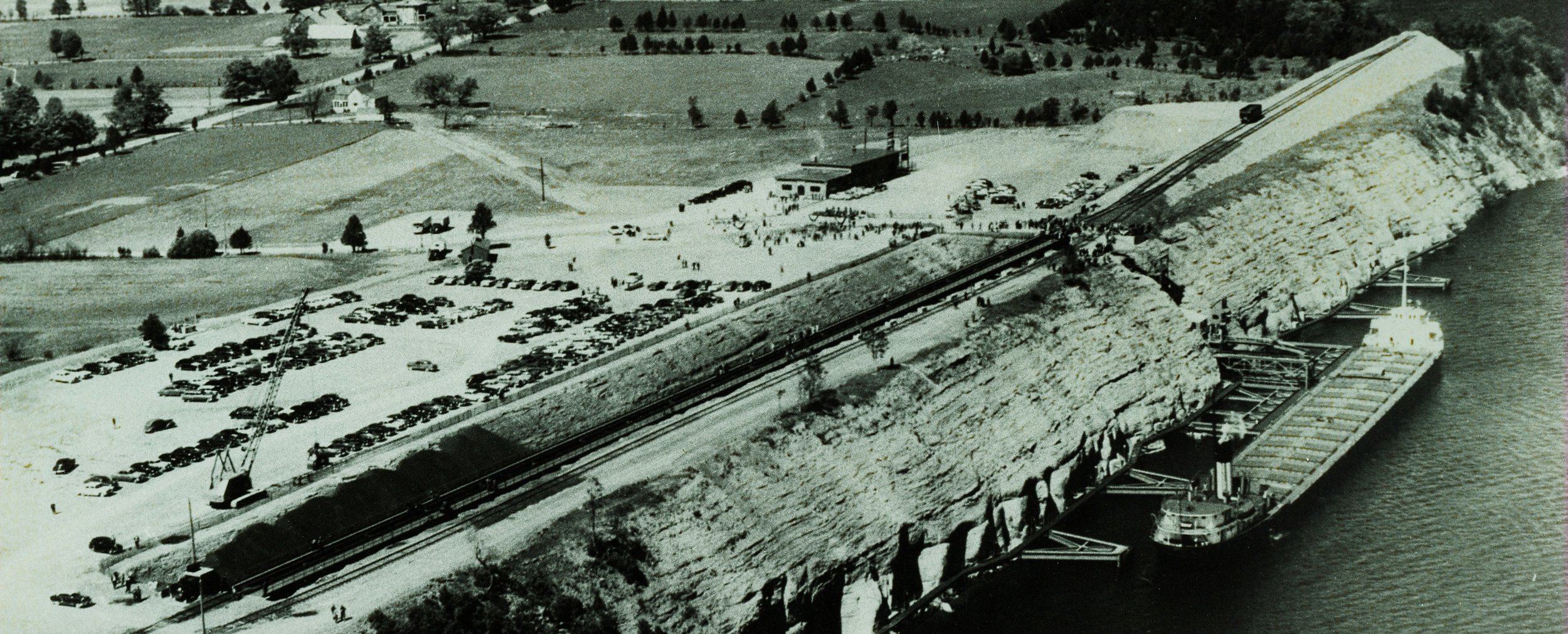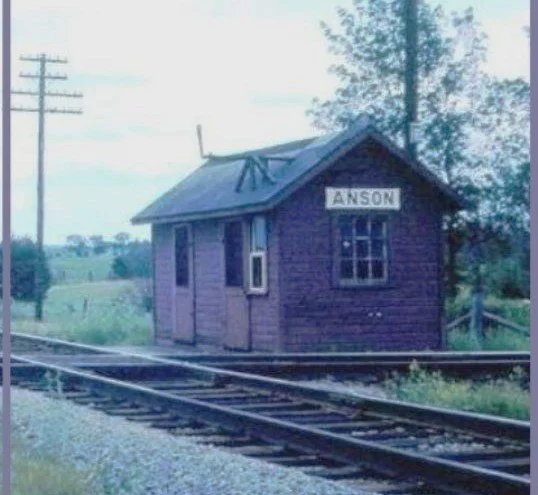EARLY PIONEERS - The VanVolkenburg(h)s
/The war of 1812 - Detail of the site of the battle of the windmill paiting by henry f. ainslie
By Wayne and Matthew VanVolkenburg
My great, great, great grandparents, Jacob and Chloe VanVolkenburgh, moved their family from New York State to Brockville, Ontario in the early 1790s. The Brockville area had first been settled in 1784 by Loyalist veterans of the American war of independence, and Chloe’s sister had moved there a year later, likely staying with her husband’s uncle, Nicholas Mosher. During the war, Chloe – then 12 years old – had delivered provisions to Mosher when he was hiding in the woods close to her house near Albany. As well, Chloe’s father, Timothy Hodges, had died in an Albany prison after taking part on the Loyalist side in the Battle of Bennington in August 1777. As for Jacob, his loyalty to the British crown had been vouched for by Jessup’s Loyal Rangers Lieutenant Guysbert Sharp, who must have known Jacob in Kinderhook, NY, before the war.
Unsurprisingly, when war broke out again in 1812, Jacob and his son David both enlisted in the Glengarry Light Infantry Fencibles to fight for their newly-adopted country. In 1813 David was taken prisoner near Niagara Falls, marched to Boston, returned home, and then was wounded in the ankle in July 1814 at the Battle of Lundy’s Lane – an injury which affected him for the rest of his life.
From Brockville the family migrated westward, settling in Brighton in the 1820s. Some of the family settled for good there, while others moved on. One son, Timothy, returned to the US around 1835, settling near Coldwater, Michigan.
In the late 1850s Jacob’s son Phylander decided to move further north. The 1861 census found Phylander and his son Nathan settled in Trent River on 50 acres of land each, though between them only 16 acres had been cleared. That census also recorded Phylander in the northwest corner of Marmora Township, although he was only visiting his daughter, Margaret, at the time. Jacob's granddaughter, Margaret, along with her husband, William Nier, appear in the 1861 Census for Marmora Township. The agricultural census shows that they were living on 100 acres of Lot 32, Concession 1. For reasons unknown, the Nier family packed their things around 1865 and moved to Michigan.
Glengarry Light Infantry Fencibles
A seed had been planted, however, and Nathan, my great-grandfather, decided to move his family to the area, though on the other side of the county line. He purchased two lots that front on the west side of what is now the Vansickle Road. One was the south half of Lot 3, Concession 1, Methuen Township, where the 1871 census found that he had cleared 12 of the 100 acres. The other was Lot 27, Concession 1, Belmont Township, which Nathan purchased in 1874. In 1888, my grandfather John purchased the south half of Lot 27 from Nathan, cleared the land, and built a home and barn at that location. In 1909 Nathan gave John the remainder of that lot. Unfortunately, this land, once cleared, proved to be too sandy to be very productive. To help supplement his income, John worked for the Rathburn and Gilmour, Lynch-Ryan, and Pearce Lumber Companies. It was said that he was a hard man to keep up to in the woods. During one spring log drive, John lost his footing and was swept over the Cordova Lake dam. Miraculously, he survived the rough ride down the rapids, although he later said he thought his lungs might burst.
Briggs/vanvolkenburg house - 2405 Cordova Rd (2013)
Around 1930, a tornado struck the area, tore the roof off of their house and destroyed the barn. Rather than rebuild, John and his wife Sarah moved into one half of a home owned by Lewis Briggs and their daughter Alice. They lived at this Cordova area home until their deaths in 1951 and 1954. Eight of their eleven children reached adulthood and settled in Oshawa, Marmora, Rochester, and near Crowe Lake.
1901 John, Sarah VanVolkenburg, with Theda, Alice, May, and Harry (front)
(For more on this house, CLICK HERE)
Longest-lived of them all was my aunt Theda, who was born in 1898 and died in 2000, aged 102. She lived through the entire twentieth century, but it did not treat her kindly. Married at 18, her first child lived only two days. Her son Verdon’s birth in October 1918 was followed ten days later by her husband’s death due to the Spanish Flu pandemic. She remarried to Bill Magee, but their three children died in infancy and he predeceased her by 30 years. Her only living child, Verdon, served in Italy in World War 2 and never returned home.
Of all of my father's siblings, she would visit the most often. I think that losing Verdon, her last child, likely changed her considerably. She visited his gravesite in Italy at least twice [and took heart in the fact that the cemetery was well-maintained.]
COMMENTS:
Ronald Barrons: A significant Loyalist ancestor for many in the Marmora area is Sarah Kast McGuinness. Sarah's gg-granddaughter, Mary Emily McGinness, married William Henry Steenburgh. They lived at Rockdale. Many are descendants, including those of my grand mother Lena Steenburgh Barrons.https://uelac.ca/monuments/sarah-kast-mcginness-memorial/
Corneilius Quinlan: My mother's family were all from the U. S. and U. E. L. the Loveless's, Wallbridge's, and McKeown's. The Wallbridge's came in the very early 1700's. and settled on 2000 acres of land in Ameliasburg, Ontario, P.E.C. Lewis Wallbridge, the first speaker of the house for Upper Canada was a descendent of this family. The U.E.L came and helped build Canada, good work ethics and loyal.


































